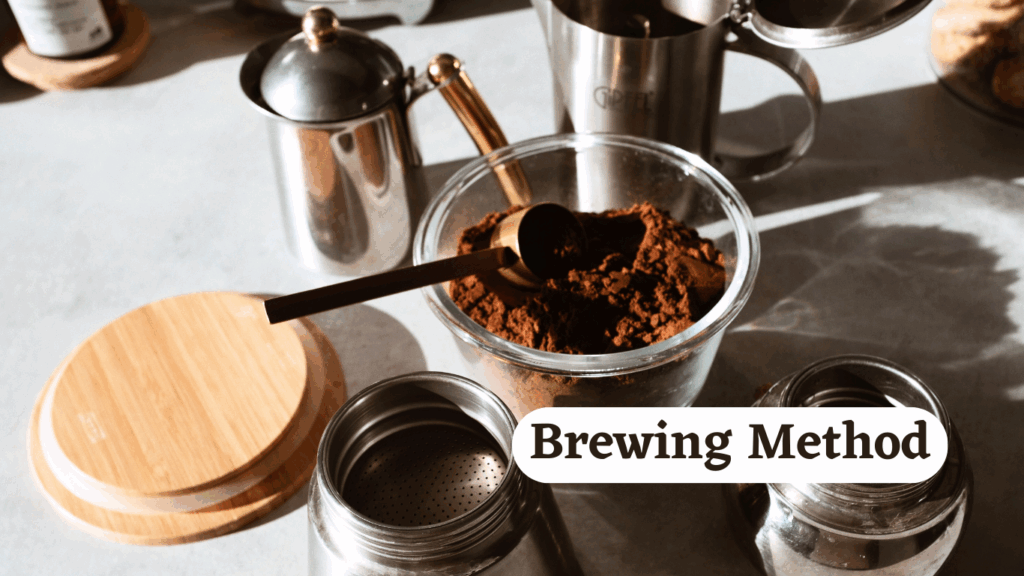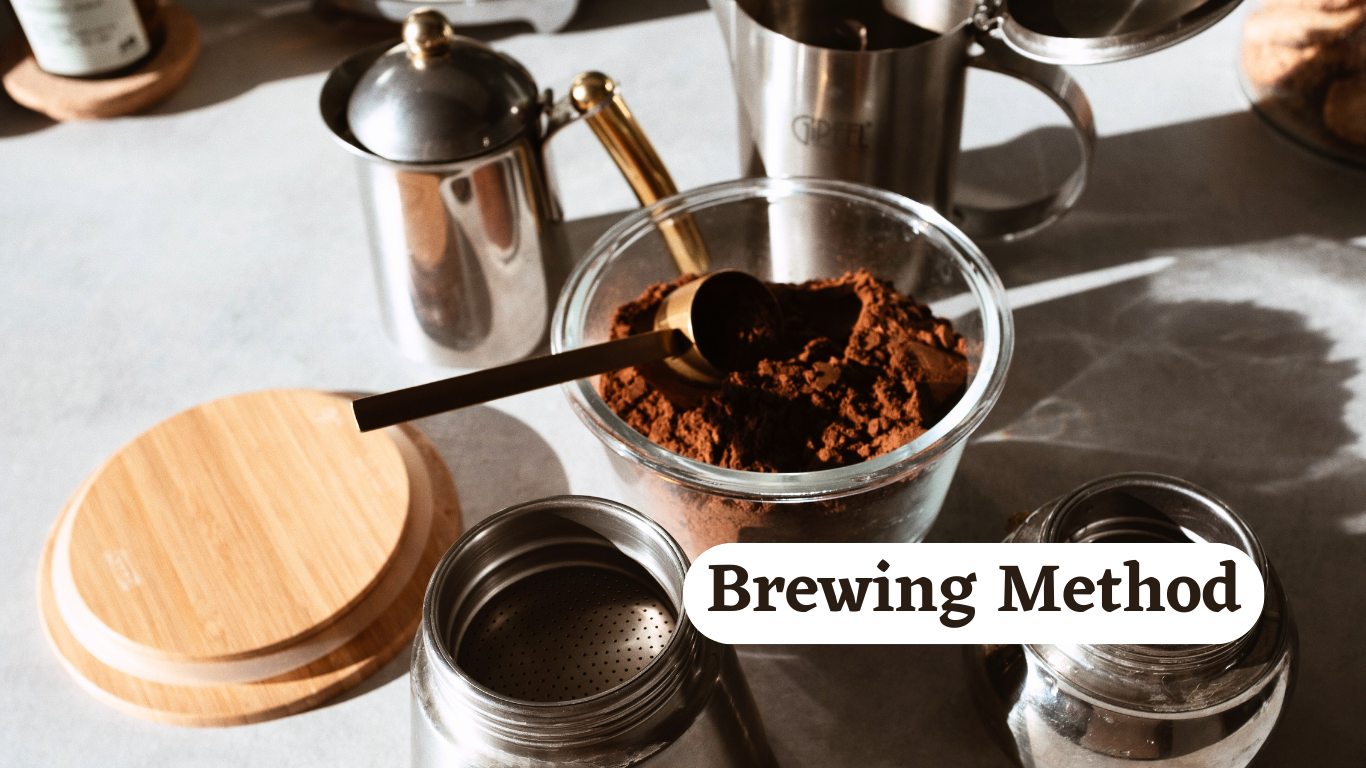
How Many Scoops of Coffee Per Cup: Mastering the Art of the Brew
The quest for the perfect cup of coffee is a journey many embark on, armed with beans, a grinder, and a brewing method of choice. But amidst the myriad of variables, one question often surfaces: how many scoops of coffee per cup? This seemingly simple query unlocks a world of flavor, strength, and personal preference. This article delves deep into the science and art of coffee brewing, providing a definitive guide to help you master the perfect coffee-to-water ratio for your daily ritual.
The answer to “how many scoops of coffee per cup” isn’t a one-size-fits-all solution. It’s a nuanced equation influenced by factors like the type of coffee beans, the brewing method, and the individual’s taste preferences. However, we can establish a solid foundation to guide you toward brewing excellence.
Understanding the Coffee-to-Water Ratio
At the heart of a great cup of coffee lies the coffee-to-water ratio. This ratio represents the amount of ground coffee used relative to the amount of water. It’s the cornerstone of achieving the desired strength and flavor profile. A general starting point, and a common recommendation when considering how many scoops of coffee per cup, is a ratio of 1:15 to 1:17. This means for every gram of coffee, you’ll use 15 to 17 grams of water.
While a gram scale offers the most precise measurement, using scoops is a practical alternative for many home brewers. However, it’s crucial to understand that the size of a coffee scoop can vary. A standard coffee scoop typically holds about 2 tablespoons of ground coffee, but this can fluctuate depending on the scoop’s design and the grind size of your coffee.
The Scoop-to-Cup Conversion: A Practical Guide
So, how do we translate these ratios into scoops? The answer depends on the size of your cup and the strength of coffee you prefer. Let’s break it down:
- Standard Coffee Cup (6 ounces / 177 ml): A good starting point for a standard cup is approximately 2 tablespoons (one scoop) of ground coffee. This is a general guideline. However, consider your preferences. If you like a stronger brew, you may want to increase the amount of coffee to 2.5 or even 3 tablespoons. Conversely, if you prefer a milder cup, reduce the coffee to 1.5 tablespoons. For this size, the question of how many scoops of coffee per cup often settles at one, but with room for adjustment.
- Larger Mug (12 ounces / 355 ml): For a larger mug, you’ll likely need 4 tablespoons (two scoops) of coffee. Again, adjust based on your taste. Some may find two scoops perfect, while others might prefer 2.5 or 3 scoops.
- French Press: French presses require a coarser grind and a slightly different approach. A general rule is about 1 tablespoon of coffee per 4 ounces of water. For a standard French press serving (8 ounces), you’d use approximately 2 tablespoons (or one scoop) of coffee.
Factors Influencing Coffee Scoop Recommendations
Several factors influence the ideal answer to “how many scoops of coffee per cup.” These include:
Coffee Bean Type
The type of coffee beans you use plays a significant role. Lighter roasts tend to be denser, requiring slightly more coffee to achieve the same strength as darker roasts. Experimentation is key. You may find that you need slightly more of a light roast to achieve the same flavor profile as a dark roast when considering how many scoops of coffee per cup.
Grind Size
The grind size of your coffee significantly impacts extraction. Finer grinds extract faster, while coarser grinds extract slower. The grind size affects the surface area of the coffee grounds exposed to water, which in turn influences the strength and flavor. Adjust your scoop measurement based on your grind size. Finer grinds often require slightly less coffee, as they extract more readily, and coarser grinds may require a little more. The answer to how many scoops of coffee per cup is directly affected by this.
Brewing Method
Different brewing methods necessitate different coffee-to-water ratios. Drip coffee makers, French presses, pour-overs, and espresso machines each have their ideal parameters. The brewing method will influence the answer to how many scoops of coffee per cup.
- Drip Coffee Makers: These typically use a medium grind. The standard is around 2 tablespoons per 6 ounces of water, but can be adjusted.
- French Press: Coarser grind, approximately 1 tablespoon per 4 ounces of water.
- Pour-Over (e.g., Hario V60): Medium-fine grind, similar to drip coffee, but often with more control over the brewing process, allowing for fine-tuning of the ratio.
- Espresso Machines: Finely ground coffee, using a specific weight (often around 18-20 grams) per shot, producing a concentrated brew.
Personal Preference
Ultimately, the best answer to “how many scoops of coffee per cup” is the one that tastes best to you. Some people prefer a stronger, more robust cup, while others opt for a milder, more delicate flavor. Don’t be afraid to experiment and adjust the amount of coffee you use until you find your perfect brew. Taste is the ultimate guide.
Step-by-Step Guide to Brewing the Perfect Cup
Here’s a simple guide to help you brew a consistently great cup of coffee:
- Grind Your Beans: Grind your coffee beans just before brewing for optimal freshness. Use the appropriate grind size for your brewing method.
- Measure Your Coffee: Determine the correct amount of coffee using scoops (as a starting point) or by weighing the grounds. Remember the discussion around how many scoops of coffee per cup and adjust based on your preference.
- Heat Your Water: Heat filtered water to the optimal temperature (around 200°F / 93°C) for most brewing methods.
- Brew Your Coffee: Follow the specific instructions for your brewing method.
- Savor and Adjust: Taste your coffee and make adjustments as needed. If it’s too strong, use less coffee next time. If it’s too weak, use more. The question of how many scoops of coffee per cup is best answered through experimentation.
Tools of the Trade: Essential Coffee Brewing Equipment
To consistently brew great coffee, you’ll need a few essential tools:
- Coffee Grinder: A burr grinder is recommended for consistent grind size.
- Coffee Scoop: A standard coffee scoop (2 tablespoons) is a good starting point.
- Scale (Optional but Recommended): A digital scale allows for more precise measurements.
- Brewing Device: Drip coffee maker, French press, pour-over, or espresso machine.
- Kettle: A gooseneck kettle is ideal for pour-over brewing, providing precise water control.
- Filters: Paper or reusable filters, depending on your brewing method.
Troubleshooting Common Coffee Brewing Issues
Even with the best intentions, things can go wrong. Here are some common issues and solutions:
- Coffee is too weak: Use more coffee, grind finer, or brew for a longer time. Revisit the question of how many scoops of coffee per cup and adjust accordingly.
- Coffee is too strong: Use less coffee, grind coarser, or brew for a shorter time.
- Coffee tastes bitter: The coffee may be over-extracted. Grind coarser, use less coffee, or lower the water temperature.
- Coffee tastes sour: The coffee may be under-extracted. Grind finer, use more coffee, or increase the water temperature.
The Importance of Freshness
The freshness of your coffee beans is paramount. Coffee beans start to lose their flavor shortly after roasting. Buy whole beans and grind them just before brewing for the best possible taste. Store your beans in an airtight container away from light, heat, and moisture. This is less about how many scoops of coffee per cup, and more about the quality of the coffee itself.
The Bottom Line: Finding Your Perfect Brew
The ideal answer to how many scoops of coffee per cup is a personalized one. While general guidelines provide a starting point, the true key to brewing exceptional coffee lies in experimentation and refinement. By understanding the factors that influence the coffee-to-water ratio and by paying attention to your taste buds, you can unlock the full potential of your coffee beans and enjoy a truly satisfying cup every time. Remember to adjust the amount of coffee based on the type of bean, grind size, and brewing method. The best way to learn is to experiment. The journey to your perfect brew is a delightful exploration of flavor and aroma, so embrace the process and enjoy the journey.
[See also: Best Coffee Beans for Pour Over, How to Clean a French Press, The Science of Coffee Extraction]


